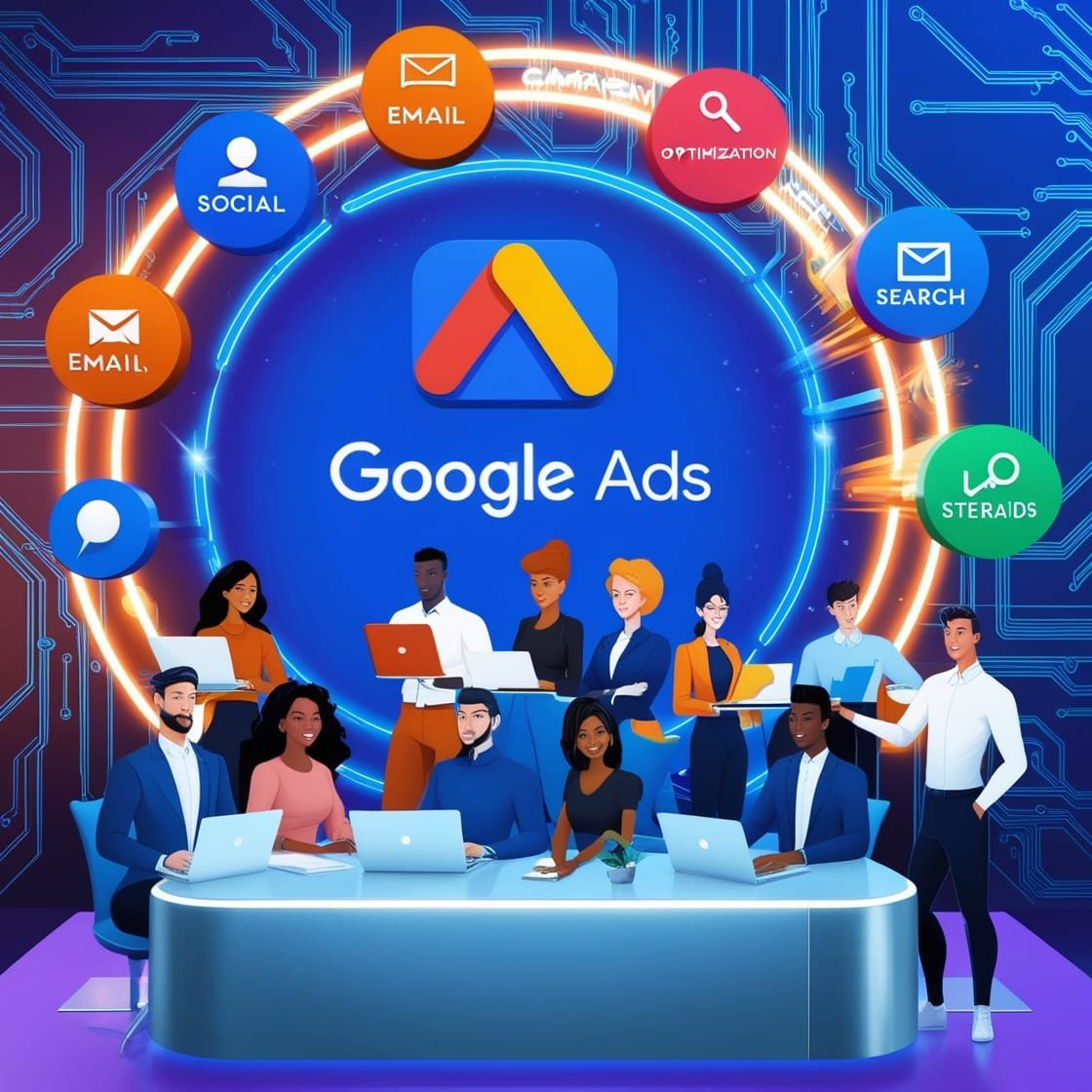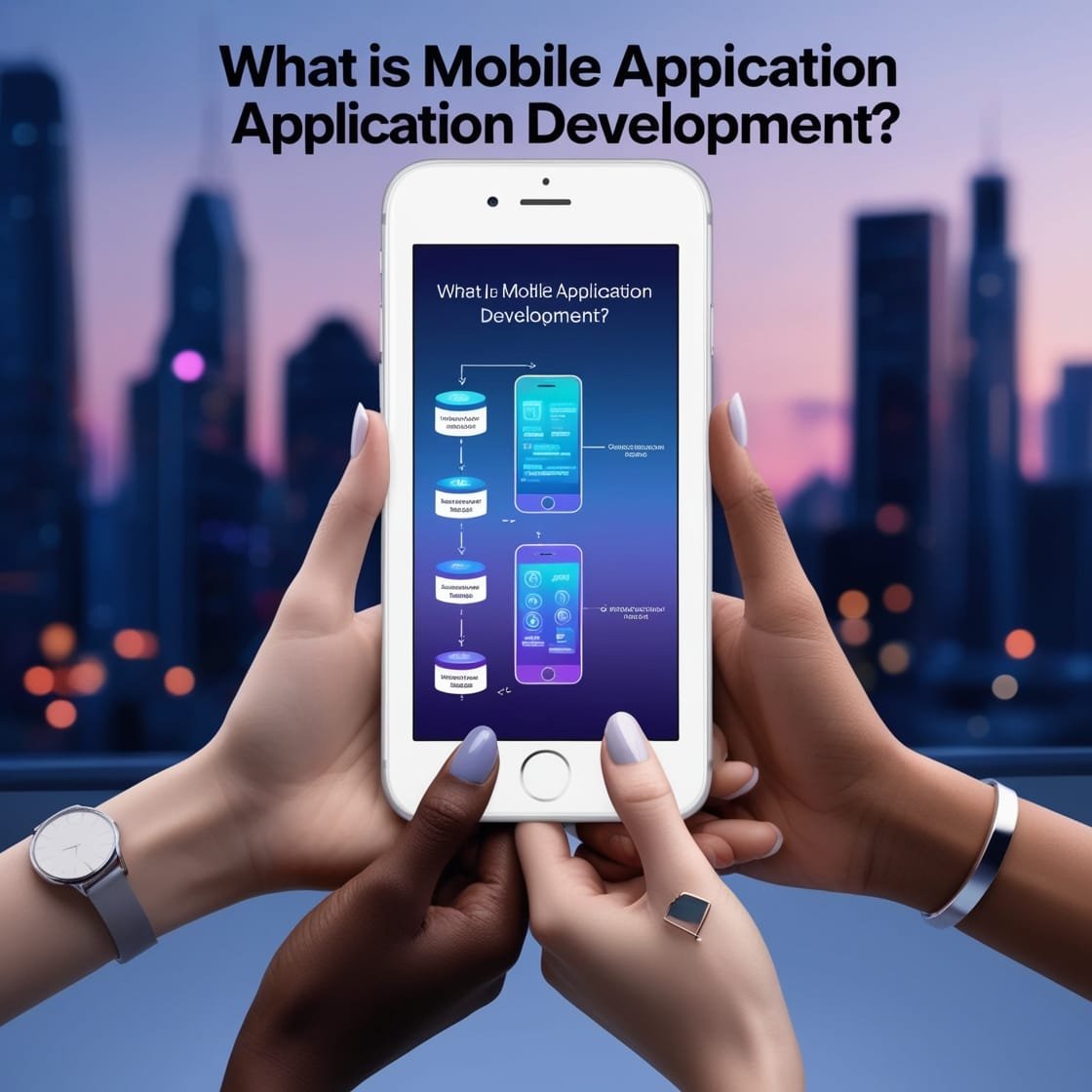Get ready to make apps. It might look like a lot of work, even if you want to learn more about cool tech or have a great idea for an app. Don’t worry, though! People who have never made an app before should read this. It has 12 easy steps that will help you get started for app development. There you have it!
1. Define Your App Development Idea
Pick a way to create an app. You need to do this first and foremost. First, here are some simple things you should ask yourself:
What problem does my app solve? You can make sure that people will find your app useful by figuring out what issue it aims to address.
Who is my target audience? Figuring out who you’re making the app for will help you make sure that its features and layout meet their wants.
What features will make my app unique? Consider what makes your app unique. It must stand out in the crowded app market.
Write down your answers and then make a full plan for how your app works at its core. You will use this first step as a guide for the rest of your development process.
2. Conduct Market Research for App Development
It’s time to do a market study once you have a clear idea of what your app will do. In this step, you will:
Analyzing Competitors: Look into apps that are like the one you have. Find their pros and cons. Read reviews to learn which features people want and what their problems are.
Understanding Market Demand: Use Google Trends or app store data. They show how many people want your app idea. It will help you choose what to do and ensure that your idea is good.
Find out more about the market to improve your idea and make your app stand out. This will make it more likely to be a hit.
3. Create a Wireframe
The basic structure of your app is shown in a wireframe, which is a picture. It helps you plan the structure and its workings. But, it avoids getting too involved in the design details. How to make a wireframe:
Sketch the Layout: To begin, draw a rough outline of the key screens and navigation flow of your app.
Use Wireframing Tools: Adobe XD, Sketch, or Balsamiq are all good sketch tools that you can use to make better ones.
Draw out the steps that people would need to take to use your app. This will help them understand it better.
4. Design the User Interface
Now that you have a sketch, think about how people will use your app (UI). You should make sure the UI is fun and easy for people to use. How to do it:
Choose a Design Tool: First, pick a design tool. PSD, Figma, or Sketch can be used to make big models of your game.
Focus on Aesthetics and Usability: Pay attention to how things look and how easy they are to use. Check out the fonts, colours, and general way things look. It’s important to make things that look good and are easy to use.
People should be happy with your app’s UI and want to use it more.
5. Select a Development Method
What you know, how much money you have, and what you want to do
Native Development: If you use a language made just for that device, like Swift for iOS or Kotlin for Android, you can do apps that work on both. You can use these tools more often and they work better most of the time.
Cross-Platform Development: Frameworks like React Native and Flutter can help you do this. With this method, it can take less time and cost less to build things.
Pick the way that best meets your wants and helps you reach your goals.
6. Set Up Your Development Environment
Choose a development method and then set up your work environment
For iOS Development: First, learn Swift writing. Then, install Xcode, Apple’s IDE.
For Android Development: To make Android apps, get Android Studio. Then, learn Java or Kotlin.
For Cross-Platform Development: To create cross-platform apps, install Node.js, React Native CLI, or Flutter SDK. Choose one based on the framework you want to use.
For the development process to go smoothly, the development setting must be set up correctly.
7. Start Coding
You can start writing code for your app once your setting is ready. Start with the most important functions and add more as time goes on. Some important tips for this stage are:
Follow Best Practices: Use coding standards and best practices. They keep your code clean and easy to manage.
Use Version Control: Use version control tools like Git. They track code changes and help developers work together.
If you’re not good at coding yet, you might want to take online classes or watch lessons to get better.
8. Test Your App
It is important to test your app after you make it. It checks that your app works well and gives people a good time. These are some types of tests:
Manual Testing: Test the app by hand on various platforms and OSs. Find bugs and other issues.
Automated Testing: Use testing tools like XCTest for iOS or Espresso for Android. They can run your repetitive test cases automatically.
Before you release your app, make sure it has been fully tested to find and fix any bugs.
9. Gather Feedback
Find out what real people who will be using your app think before you make it public. Someone should test your app with a small group of people and ask them to do the following:
Usability: Are there any parts that users find hard or unclear?
Functionality: Does the app do what you want it to do? Are there any parts that could be better?
Make the last changes and improvements based on this feedback.
10. Prepare for launch
As the start date gets closer, make sure you’re ready for everything:
Create App Store Listings: People will want to read more about your buzzwords.Also, make sure you have ready good photos and business materials.
Ensure Compliance: Make sure your app follows all of the guidelines and rules for both the Apple App Store and the Google Play Store.
If you start your app with care, it will do much better at first.
11. Submit Your App
Get your app into the app stores:
Apple App Store: Follow Apple’s submission instructions. Be ready for a review that may include comments and changes.
Google Play Store: Follow Google’s rules and standards for submitting apps.
It may take some time for the writers to give their feedback, so make sure you have time for that in your plans.
12. Market and Promote Your App
Your app is now live, good job! Now, work on advertising and marketing to bring in users.
Social Media: Tell people about your app on Facebook and meet with people who might want to use it.
App Store Optimization (ASO): To improve app store optimization (ASO), use relevant keywords. Also, use catchy captions and attractive images on your app’s page. This will help more people see your app.
Content Marketing: To get people to download your app, use content marketing. Write blog posts, make videos, and do other things.
When you sell your app well, more people will download it and you’ll be able to reach more people.
Conclusion
It might look hard to make an app, but these 12 easy steps will help you do it. Things need to be done right from the time you think of the idea for your app until you sell it. So jump in, enjoy the task, and start making your app right away!
If you liked this guide, please share it with others who might find it useful. Stay tuned for more tips on how to make apps and use technology to improve things.





